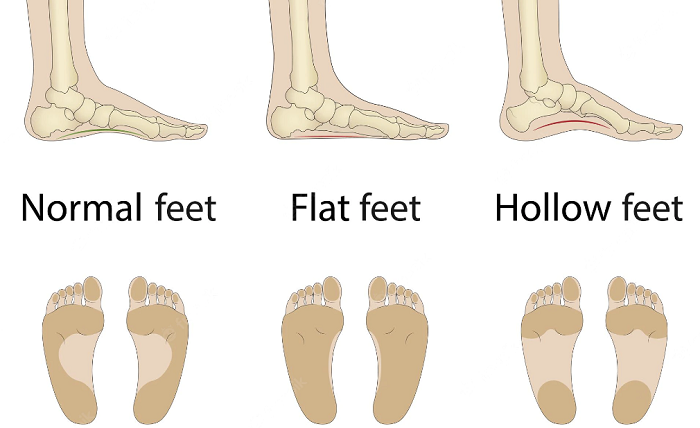
Running is one of the most accessible sports in the world. All it takes is a good pair of shoes and a willingness to move. But for many amateur runners, the desire to improve leads to the question – how do professional runners train, and can I do the same?
You may never compete at the Olympics or appear in running magazines or track and field markets at betting sites like the Everygame sportsbook. But the good news is that while pros train at a higher intensity, many of the methods can be adapted to suit any fitness level. Here’s how you, as an amateur, can train like a professional runner – without quitting your day job.
Table of Contents
Create a Structured Training Plan
One of the biggest differences between amateurs and professionals is structure. Pro runners don’t just go out and run random distances each day – they follow detailed plans tailored to their goals, seasons, and individual fitness levels.
To do this, amateurs should decide on a goal, such as running a specific event or improving a marathon time. Breaking up training into phases is a good idea, while a weekly schedule should be followed that includes different types of runs. You should be consistent with your training, but accept that rest days are just as important and that flexibility is allowed. There are a number of specialist running apps that can help with this.
Incorporate Variety in Your Runs
Professional runners mix up their workouts to target different physiological systems. A balanced week often includes longer runs to build endurance, tempo runs to improve lactate threshold, and intervals or speedwork to enhance VO2 max and leg turnover. Recovery runs to promote blood flow and healing, and easy runs that add mileage without stress should also be part of the routine.
To achieve this, instead of running the same pace every day, schedule one or two quality sessions per week, with an easy or rest day in between. This will help keep your body adapting and prevent burnout.
Strength Train Like it Matters – Because It Does
Professional runners spend significant time in the gym – not to bulk up, but to build a strong, resilient body that can handle high mileage and explosive effort. Two or three strength sessions a week are ideal, focusing on core, glutes, hamstrings, and calves. They should include functional movements like squats, lunges, deadlifts, and planks. You should also think about using bodyweight or light resistance to start, and increase gradually.
Strength training helps prevent injuries and improves running economy, especially important for aging runners or those wishing to up their mileage.
Prioritize Recovery
Pros don’t just train hard – they recover hard. Sleep, nutrition, hydration, and downtime are treated as seriously as their workouts. You should really be aiming for seven to nine hours of quality sleep a night and eat a balanced diet with enough carbs, protein, and healthy fats. Remember to refuel within half an hour after a run with a mix of carbs and protein and hydrate throughout the day – not just after a run.
If you feel fatigued or your performance drops, it’s a signal – not to push harder, but to rest smarter.
Train by Effort, Not Just Pace
Professional runners often train using heart rate or perceived effort, especially during base-building and recovery phases. This allows them to adjust for variables like heat, terrain, or fatigue.
You should learn the difference between easy, moderate, and hard effort by incorporating the “talk test”, which is being able to speak in full sentences on easy runs. Consider using a heart rate monitor to guide your effort zones and don’t obsess over pace. Your fitness will improve faster when your body is allowed to adapt at its own rate.
Add Drills and Form Work
Running drills help improve form, coordination, and efficiency, which are essentials for professional athletes, but are often overlooked by amateurs. Before speedwork or long runs, this will mean five to ten minutes of dynamic warm-ups, skips, and leg swings.
You should occasionally record your form to identify imbalances or inefficiencies – and remember to run tall, keeping your arms relaxed, and striking the ground lightly. Even ten minutes of weekly form work can yield noticeable gains over time.
Mindset: Think Like a Pro
Elite runners know that training is a long game. They stay disciplined, focus on progress (not perfection), and bounce back from setbacks with perspective. This can be achieved by setting realistic goals and keeping a running journal to track progress and patterns. You should forget about comparing your journey to others and focus purely on your own growth.
That being said, embracing discomfort can be good, as growth lives just outside the comfort zone. Most importantly, though, enjoy the process. Consistency and joy are more valuable than any stopwatch.

Consider Support Tools
Professionals work with coaches, nutritionists, massage therapists, and sports psychologists. While that level of support may be out of reach, you can still find some help. Hiring a coach or joining a local running club helps with accountability and advice. There is also a lot of technology available. GPS watches, heart rate monitors, and apps can help track and optimize training.
You could also schedule regular sports massages or use recovery tools like massage guns or compression gear if your budget allows.
Final Thoughts
You don’t have to run 100 miles a week to train like a pro. What sets elite runners apart isn’t just talent – it’s discipline, consistency, and smart planning. By incorporating even a few of these principles into your routine, you’ll train smarter, feel stronger, and maybe even surprise yourself on race day.


